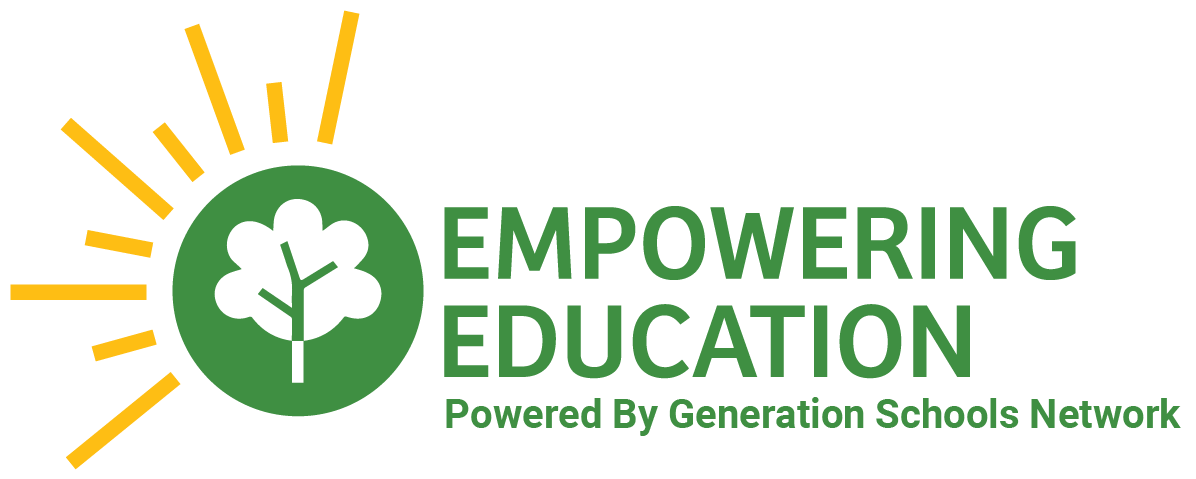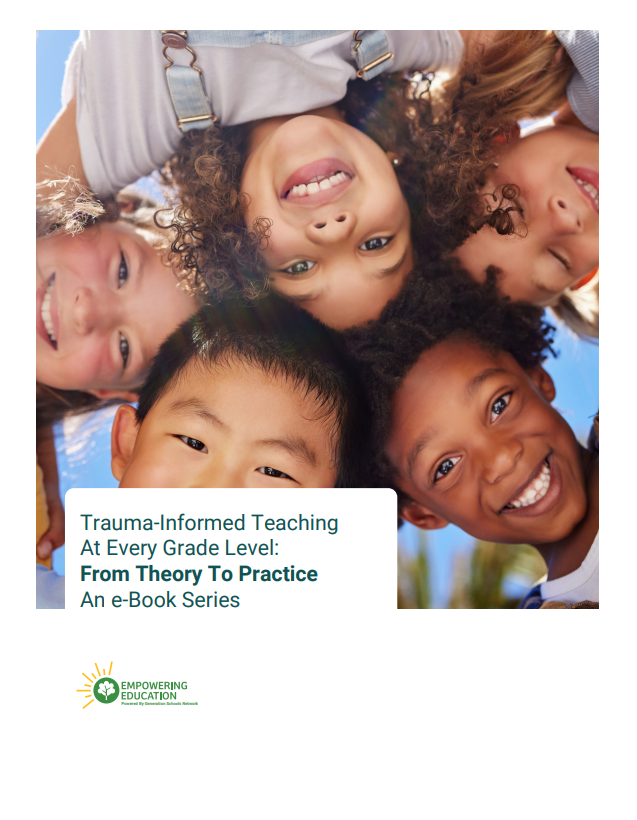When the Columbine massacre happened, I was in middle school less than an hour south of Columbine High School. I remember waiting outside our school doors in the morning while we all filed through a metal detector, fearful that congregating in such a large group could be dangerous. I remember practicing lockdown drills for the first time, rehearsing what to do if a shooter should enter our building. And, more than anything, I remember the countless hours I spent in class daydreaming and visualizing what I would do if a shooter were to enter the classroom at that moment.
While tragic and scary news is nothing new, in the 18 years since Columbine it does seem to have proliferated at an alarming rate. Combined with our now instantaneous access to news media, it is no surprise that students today are feeling even more frightened and anxious. From larger and more deadly shootings and increasingly devastating natural disasters to the threat of deportation, heightened racial tensions, and even nuclear war - many teachers and students are reporting heightened anxiety in the classroom.
If trauma occurs in response to an event that overwhelms a persons’ capacity for solution and can result from real or perceived threats, then it follows that the constant barrage of overwhelming news is perpetuating a collective trauma on children and adults alike. There is nothing more traumatizing than feeling completely helpless.
When students feel unsafe they don’t learn. So, how can we support students in the face of such global tension? Is there anything that we can do as educators and parents to create a sense of safety?
Absolutely. The same principles for effective treatment and prevention of trauma hold true here. Here are five practices to support your students (and yourself) following a tragic event:
- Establish Safety
The first step in treating trauma is creating a sense of safety in the present moment. Without this sense of physical and emotional safety, no amount of processing, preventative skills, or mindfulness will do any good (and, in fact, are likely to make things worse).For someone with severe PTSD, for instance, a therapist may take such practical steps as encouraging the client to test the lock on the door, choose a seat in the room where they feel most safe, and to verbalize and examine any perceived threats to safety against reality.
In most cases children are dependent on adults to establish and maintain their sense of safety, so teachers would do well to take such practical steps with students. Practicing lockdown drills, shelter in place drills, and evacuation drills (when done with the intention of demonstrating safety rather than instilling fear) is a concrete way to demonstrate safety to students. Teachers may also choose to review school safety protocols with students and to make themselves available for conversation and follow-up. Make sure that students know how to access help and who to turn to if they are not feeling safe.
The gist of what a child needs to hear and feel from their caregiver is simply “You are safe. I’ve got you.”
Another method for establishing safety is simply to help students feel grounded, present, and calm in their bodies in the present moment. This video offers a guided practice to help accomplish this:
- Take in the Good
Thanks to the work of Dr. Rick Hanson and other researchers, we know that the human brain has a negativity bias – meaning it is hardwired to remember the bad and forget the good. This once adaptive trait can quickly turn against us in the never-ending stream of bad news. It is commonly accepted that for every negative experience we need at least five positive experiences to counteract this bias.
By creating intentional ways for ‘taking in the good’ in your classroom, you can shift your students experience away from the negative and create a culture of positivity. You may consider encouraging students to research and report positive things that are happening in the world through websites like The Good News Network, or just take time to share positive memories and emotions as a class.
Dr. Rick Hanson describes four steps to take in the good using the acronym “HEAL”:
Have a positive experience: Notice something good! This could be as simple as literally stopping to smell the flowers, or just reflecting on and visualizing an especially positive memory.
Enrich it: Stay with the experience as long as possible. Notice the details- the shapes, the colors, the smells, the sounds – and really savor the experience of feeling good.
Absorb it: Let it sink in. Imagine that the positive sensation you are experiencing is sinking deep into your brain, body, and nervous system.
Link the positive experience to the negative experience (optional): If it seems appropriate and helpful, you can use the positive experience and sensations to rewire a negative memory or event. This takes skill, practice, and support but can actually change the physical structure of your brain. - Reality Testing
In part due to our negativity bias, and in part due to our increased exposure to news media, our perception that the world is a scarier, more violent place than ever before in history is, in fact, incorrect.In The Better Angels of Our Nature – a book recognized by Bill Gates and Mark Zuckerberg as one of the most important books they’ve ever read – author Steven Pinker offers a detailed examination of history, statistics, and psychology to reveal that we are actually living in the most peaceful time in human history. Across 5,000 years of human history, violence is at an all-time low while traits like benevolence are at an all-time high, and terrorist-related deaths have more than halved since 1980.If we listened only to our emotional perception of reality it would be all too easy to go careening over the cliff of pessimism. By checking this perception against the reality of our situation, however, there is good reason to be an optimist these days.
This process of testing our fears, anxieties, and worries against factual evidence is known as reality testing. Get the facts from sources like Pinker’s book and share these with your class to stimulate new ways of thinking about the world.
- Model Healthy Media Consumption
News media and social media are not inherently bad – they just thrive on negative news because this is what rivets our attention and consumption habits. If we are not intentional about how we consume media we can quickly develop an unhealthy relationship that tends towards obsessing over the bad, awful, and tragic.It is important as adults, then, that we model healthy and appropriate ways to consume media and teach this to our youth. Unconsciously browsing news sites and social media throughout the day exposes our nervous system to a constant and erratic input of stressors resulting in heightened states of arousal and anxiety – a phenomenon that was never possible before the advent of smartphones.Choosing when and how to consume media, on the other hand, keeps us informed while allowing us to stay present, calm, and focused. For instance, you may choose to only view the news at a scheduled time during the day or to limit your browsing to specific information that you are interested in learning. Many media outlets also offer concise daily summaries that highlight key points.
- Practice Solution
The single most significant factor in preventing trauma? The ability to take effective action (aka having a solution).If we feel that “nothing can be done” or “I can’t make a difference” then we are at much higher risk for negative outcomes. If, however, we feel even slightly empowered to impact the course of events then we are much more likely to cope with the situation in a positive way.
Although it may not feel like there is much we can do to impact events at a global or national level, there are actually plenty of practices that can help you and your students to feel like you are making a difference.
If there is an issue that is particularly upsetting, you may encourage your students to write letters to their local senators. If climate change is a concern, can you help your students to take action in their own community by teaching them about ways to reduce their carbon footprint? Following a devastating tragedy, is there a way that your students can offer letters of condolence or support to those who are grieving?
Volunteering is another highly effective means for establishing a sense of agency. By getting your students involved in a service-learning project you’re helping them to experience in a direct way that they can have a positive impact on the world, all while building skills like empathy and compassion.
The key here is simply to create the perception of a solution. Even if we cannot solve the worlds’ problems, as long as we feel there is a way out then we still have reason to hope.


